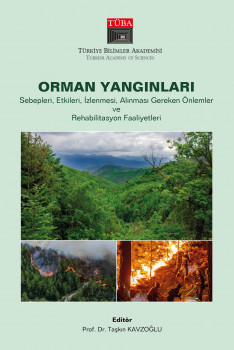Early Warning, Detection, Monitoring and Response Strategies for Forest Fires Using Remote Sensing Technologies

Early Warning, Detection, Monitoring and Response Strategies for Forest Fires Using Remote Sensing Technologies
In recent years, there has been a significant increase in wildfires (forest fires) both in frequency and size around the world. Wildfires occurring by natural or anthropogenic reasons are disasters that seriously threaten the nature and its living ecosystem. The development of well-designed early warning, detection, monitoring and response strategies to minimize the effects of forest fires on the ecosystem and all living creatures has become a critical issue. In the modern world, space and airborne remote sensing technologies are intensively used in the implementation of these strategies. In this study, modern remote sensing technologies and their applications in wildfires are thoroughly examined focusing on the above-mentioned four strategies. Remote sensing technologies have been evolved to advanced laser scanners capable of effective forest penetration, new generation cube satellites equipped with near-shortwave-medium-thermal infrared spectral sensors, UAV constellations, and heat and smoke-proof fighter UAVs capable of directly responding to fires. By the fusion of these technologies with artificial intelligence methods and their integration with ground stations, periodical production of fire risk maps that are invaluable for early warning systems, determination of the possible hotspots, simultaneous monitoring of the speed, intensity and direction of the fire, three-dimensional monitoring of the post-fire destruction and providing support to the teams on the field have become possible. These systems also provide valuable contributions to minimize the loses in human life and the forested lands.
